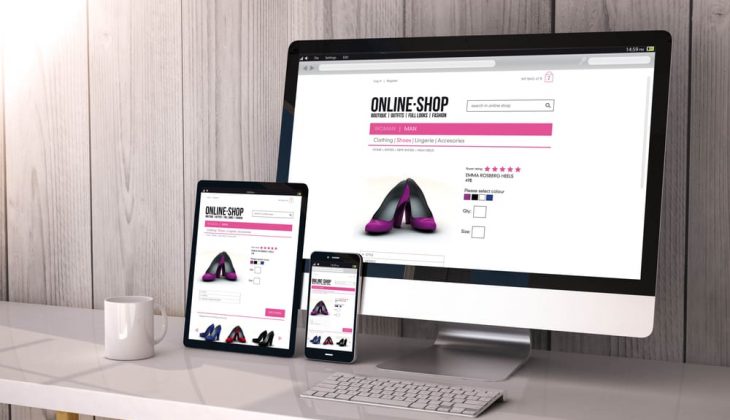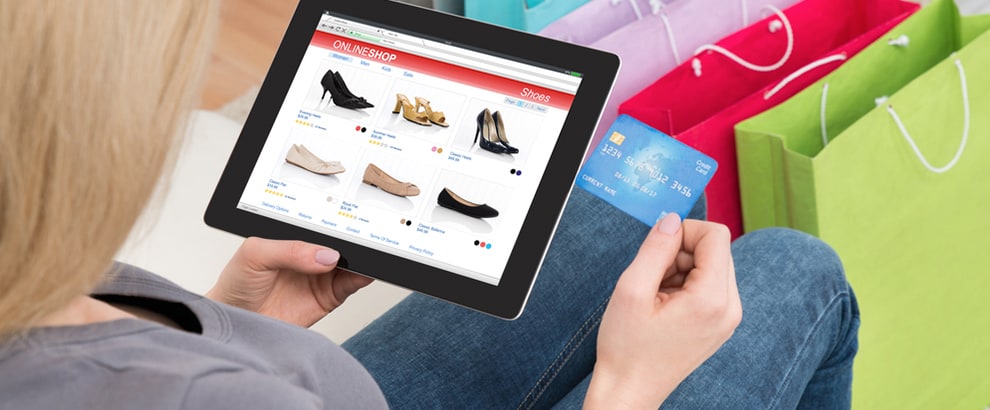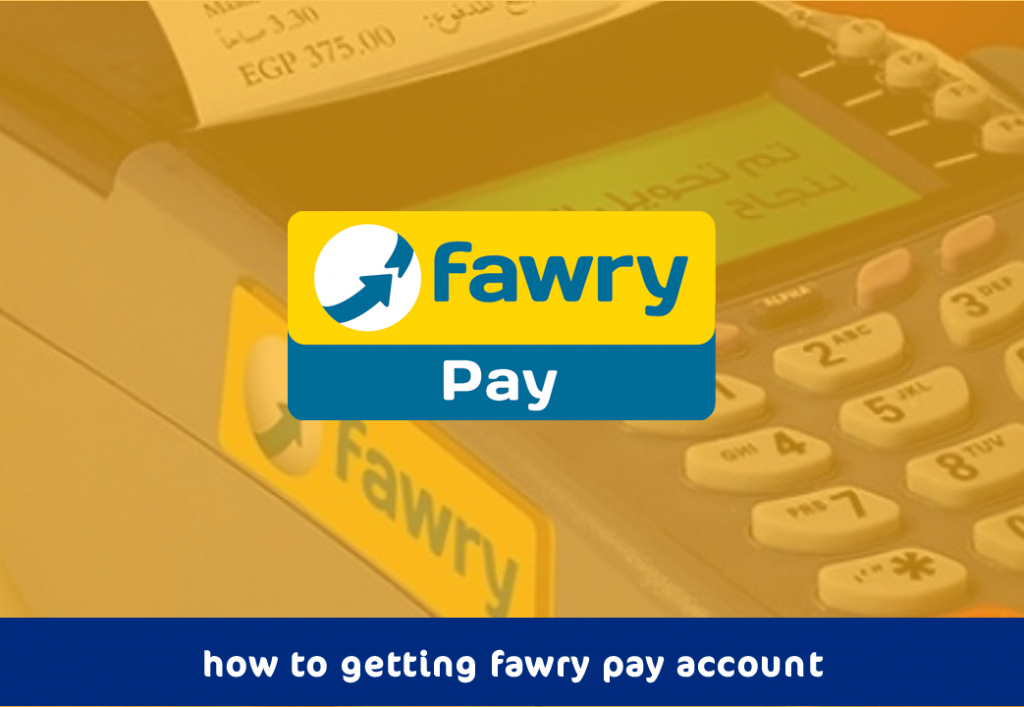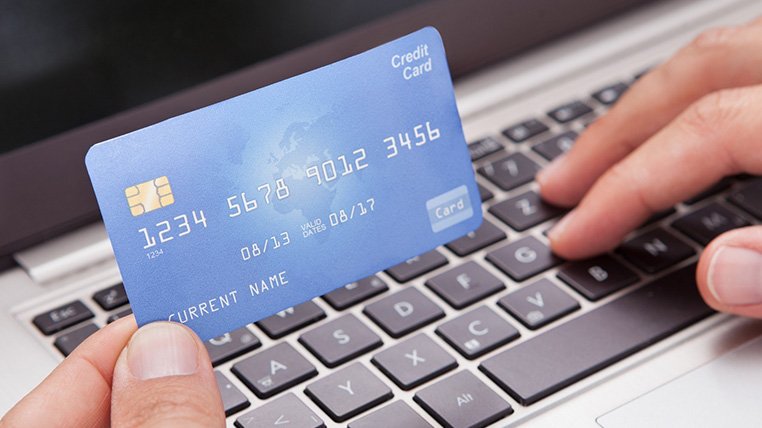The e-Commerce Online Store in Egypt
You are probably reading this blog post because you are considering building an eCommerce website in Egypt. If you are an established retail brand who has multiple branches on the ground or an entrepreneur who is planning to sell products online, this post is definitely for you.
I am here to share with you some stuff I’ve learned in the last ten years about eCommerce in the Egyptian market.
I usually meet with clients who own retail brands or executives who in the marketing field for their employers; I listen to their visions, thoughts, and questions about how they want to reach new customers trying to sell them goods and services. I commonly find the same doubts and challenges to start an online store that works.
And More.
One of my clients had a significant doubt that he can sell flowers online, especially that the life cycle of flowers is very short. His argument was that his customers need to see the florist making the bouquet in front of their eyes before paying the money, after a good pitch, and one year later, this client of mine is excited with the sales rate during the off-season, and thankfully overwhelmed in the Valentine’s and Mother Day’s seasons. I like stories like this, taking business from doubts to great success.
To launch an eCommerce website in a massive market like Egypt, and sustain daily orders, it could be a challenging process, it is not impossible or even hard, yet it needs a commitment and proper planning.
Egypt has over 48 million users connected to the Internet, most of them younger than 30 years old; they are using their smartphones and computers.
This population is increasing daily, and they are considered the future of eCommerce in Egypt. There are more than 500 different online retail stores in the country and the number is growing. Payfort, a leading online payment processor, says that Egypt eCommerce will reach 2.7 billion USD by 2020; most of the transactions are in cash; however, the credit card penetration is currently developing fast, according to the central bank of Egypt.
Why do people buy from the first place?
People buy if your product will make them move to a pleasant feeling, or avoiding them a painful feeling. I believe you can categorize your products under one of those two categories. If not, so the eCommerce game is not for your business.
What do people buy online?
Everything that could be shipped quickly, in high quality, and make them happy.
If your brand in a business of food, fashion, electronics, toys, home accessories, pets products, or gifts, you probably have nothing to worry about, your customer won’t resist buying from your online store. If you already manage retail stores in malls or streets, and people take the purchase decision in less than on the spot, then you are going to make it online. I’ve learned that big-time during the last five years.
How you, as a brand manager, could use this fact in your sales goals? How do you leverage the Internet for your business growth?
Here are four things, you should consider before you develop your eCommerce website:
- Your fulfillment process
- Your products catalog
- Your platform
- Your Traffic
Whether you learn each of those four factors yourself or hire experts to grow your online business, remember, there are always people are willing to buy and consume your products, you and I know this fact, so don’t ignore the opportunity of selling online.
1- Your Fulfillment Process
Reversing the experience, let’s imagine your customer did submit an order already at your online store, and she or he lives in New Cairo, while your warehouse in Heliopolis. You should prepare the order and wrap it up in a cool branded packaging and ship it with a reliable courier at convenient delivery time, the one you promised on your website.
Yes, you must guarantee a delivery date in the single product page, and at the checkout process, otherwise, you are leaving your customer guessing when will he receive his order, which is not good.
Your customer is a digital consumer, he is expecting a fast delivery, when I say fast, I don’t mean same or next day delivery, however, I mean delivering on time your brand promised. If your delivery experience pleased your customer, he would buy again, and he will tell his friends about his excellent experience, and you will sell more and more. Trust me on this.
Jeff Bezos, Amazon CEO, once said “If you do build a great experience, customers tell each other about that. Word of mouth is very powerful.”
2- Your Product Catalog
Your customer loves diversity, loves to be in control while browsing your products online. He may trust your brand from previous experiences, maybe from engaging with your social media content. Once he clicks on advertising and land on your website; he expects to find what will make him happier, or what can solve his problems. Empower your customer to search in, filter, and compare your products easily; categorize your product in a sense that he can understand quickly, enlighten your user with a brief description of the product, the specs and the features that the product offers.
Customers buy offline by touching the product or looking closely, however in the digital era, the only way to convince them is to replace the actual tangible product with a digital visual look, photos, and videos. Work hard on making your product photo gallery looks stunning from all angles.
An online shopper buys more when the images are clear, authentic, and professionally produced, keep all your catalog photos with the same background color, same lighting setup, and same shooting angle. I know it is a pain to do this for your entire catalog; you may already take beautiful photos for your social media content, but it’s time to do it for your online store as well, it will pay off back big time — my words on that.
3- Your Platform for your Online Store
An eCommerce website is a little more sophisticated than a regular corporate website; it requires a robust backend for store managers to set up the products, manage the stock, manages the orders, export reports, analysis customers’ behaviors. Integrating with payment methods, like credit card gateways, or mobile wallets. Connected with shippers and warehouses.
It would be best if you planned things right before you jump in, thanks to Youtube and Google, there are plenty of recourses that can help you figure this out, or you can always hire experts who can help with designing and developing the platform for your business.
I would say, start small, with a minimum viable website that allows your customers to make the necessary actions for them to buy, like:
1. Search on specific product
2. Filter your catalog with a category, feature, or price range
3. Add to wishlist, to buy later
4. Add to cart
5. Choose the quantity, or change the size or color
6. Checkout faster as a guest
7. Pay cash or credit card
8. Receive transactional emails
9. Track their orders
Start with this, later on, you can add more features, that empower your users, however, in the beginning, let them learn how to use your website with fewer features, and a super smooth experience.
I will write another blog post soon, talking more about the technical aspects which you should consider when you choose which cart system you should use as a start, and what type of integrations you need with the payment providers and shipping companies in Egypt.
4- Your Traffic to your Online Store
Without sustainable traffic of visitors on your online store, no orders at the end of the funnel will take place. You agree with that too.
You and your marketing team need to invest time, effort and money to attract people to visit your eCommerce website.
However, what kind of people should visit your online store?
Well, this is the fun part, if you still reading, you are going to love the second part of this post.






Digital Marketing Agency In Egypt
NetArabia is Rated #1 Company in Egypt, Egypt for Web Design & Web Developer to Create a Website – Mobile App Development – Online Digital Marketing. Call Now +201005454676